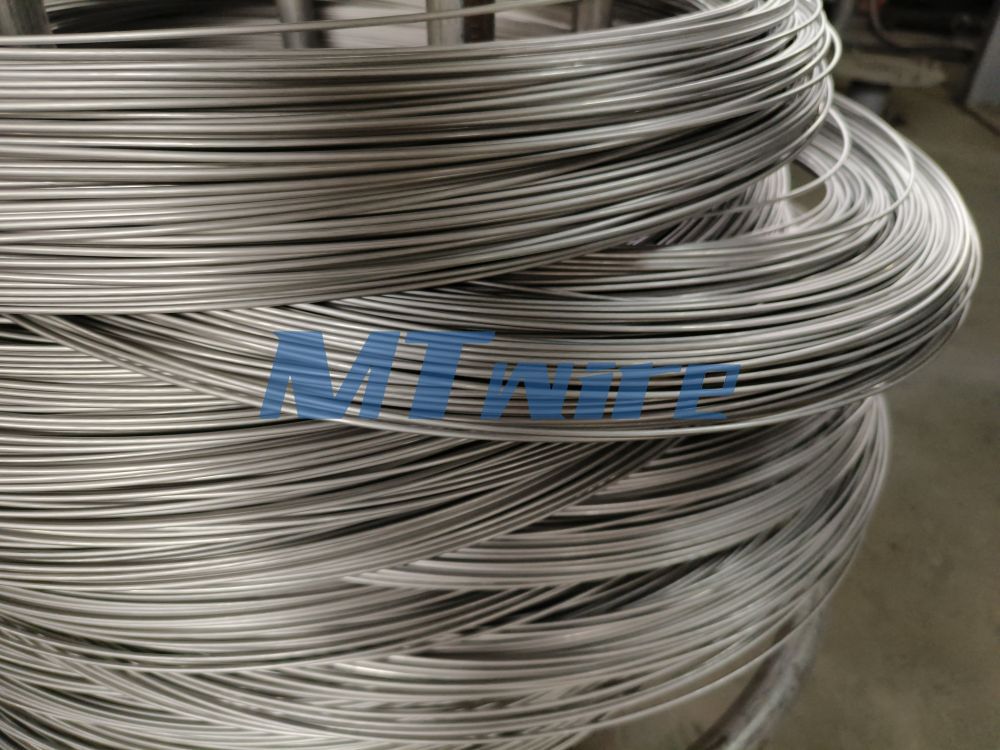Stainless Steel Wire: The Importance of Tensile Strength

-- From Raw Material to Precision Product
Understand the intricacies of the stainless steel wire production process, each step from raw material preparation to final inspection and packaging, and the importance of smelting, hot rolling, pickling, drawing, annealing and surface treatment processes in the production of quality stainless steel wire.
Tensile strength is a measure of a material's ability to resist tension. It is usually expressed as a force per unit area, such as pounds per square inch (psi) or newtons per square meter (N/m²). Ultimate Tensile Strength (UTS) indicates the maximum stress a material can withstand before it breaks. It is an important parameter for engineers because it helps determine the suitability of a material for a particular application.
Importance of tensile strength
The tensile strength of a material plays a vital role in many fields. Here are some of the key reasons why it is important:
1. Structural design and engineering
Tensile strength is a key factor in the design process of structural and engineering components. Engineers need to ensure that the materials used can withstand the expected forces and loads without failing. By considering tensile strength, they can make informed decisions about the suitability of different materials for specific applications. This knowledge helps to optimize the design and ensure structural integrity.
In structural engineering, the tensile strength of materials such as steel, concrete and cables is critical to the stability and safety of a building. For example, in bridge construction, cables with high tensile strength are used to support the weight of the structure and withstand external forces such as wind and earthquakes.
2. Material selection
When selecting materials for various applications, it is critical to understand their tensile strength. Different materials have different tensile strengths, and choosing the right material can significantly affect the overall performance and service life of a product. For example, in the automotive industry, the tensile strength of steel is a key consideration in ensuring vehicle safety.
3. Quality control
Tensile strength testing is a common practice in the manufacturing quality control process. By applying controlled tension to a material until it breaks, manufacturers can assess the strength and reliability of their products. This helps to identify any deviations from the required tensile strength and corrective action is taken to maintain product quality and safety standards.
Factors affecting tensile strength
A variety of factors can affect the tensile strength of a material. Considering these factors is important to understand and predict the behavior of different materials under tension. Some of the important factors include material composition, manufacturing process, temperature, strain rate, and so on. For example, the addition of carbon to iron creates steel, which has a higher tensile strength than pure iron; heat treatment techniques such as quenching and tempering can significantly increase the tensile strength of a metal by controlling its crystal structure. Cold working processes such as rolling and extrusion can also increase the tensile strength of a material by introducing dislocations and strengthening the structure of the material; materials used in impact applications such as bulletproof undershirts and helmets have high tensile strength at high strain rates.
